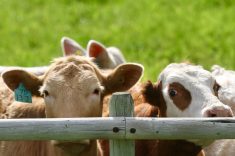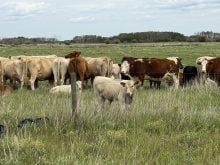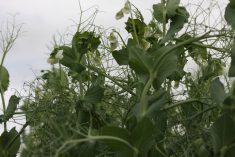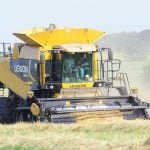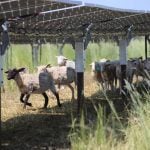EDDYSTONE, Man. – Bill Finney usually feeds his cattle in a more conventional manner, but this spring he has been spreading hay on a road half a mile south of his farmyard.
Finney, who runs 400 cows near the Lake Manitoba Narrows with his brothers, Lyle and Norman, was forced to feed cattle on the gravel road because the pasture around his farmyard is covered by water from Lake Manitoba.
The cows and calves didn’t seem to mind, but Finney wondered where they would feed next week because water levels on Lake Manitoba are expected to rise to record highs by early June.
Read Also
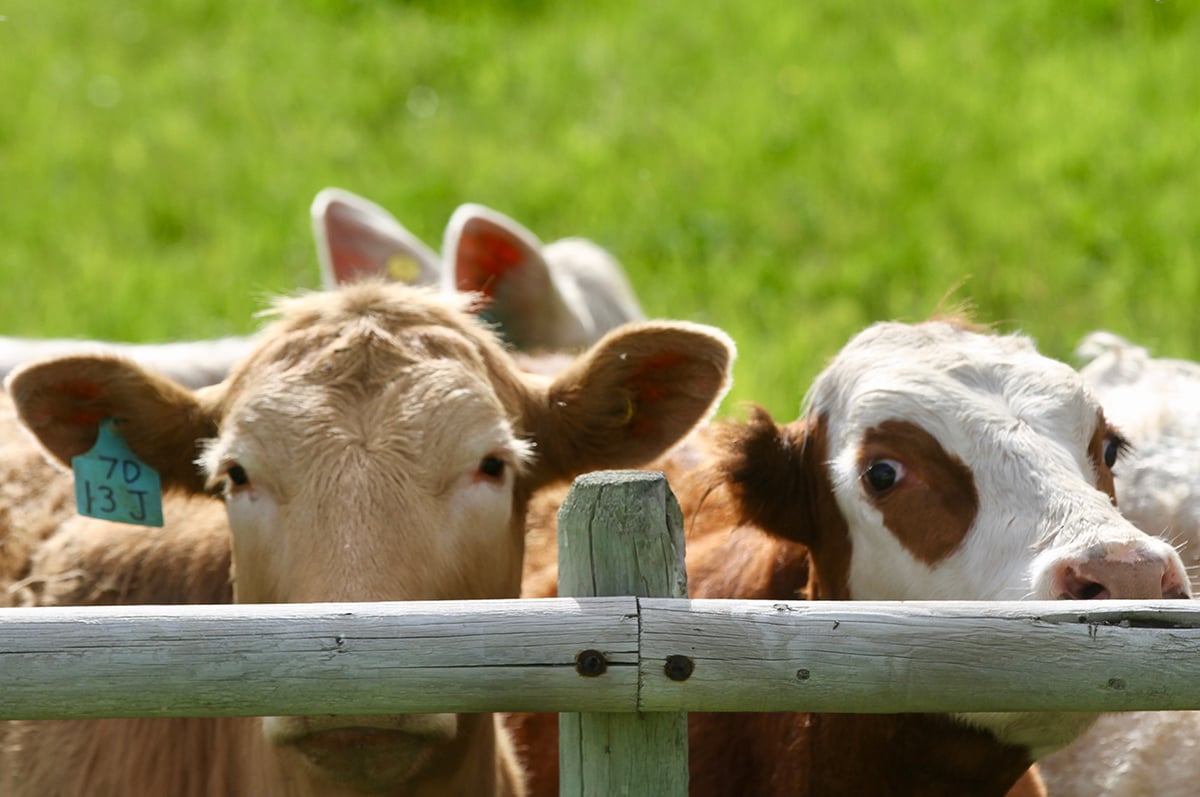
Feeder market consolidates at historic highs
For the week ending Sept. 6, Western Canadian feeder cattle markets were relatively unchanged compared to seven days earlier.
The provincial government declared a livestock emergency in the province May 10, advising farmers in municipalities around Lake Manitoba to move animals to higher ground or to truck them to pastures in Manitoba, Saskatchewan and Alberta.
Neighbouring pastures and hay fields may be flooded for several months this spring and summer because the Manitoba government is diverting millions of litres of water out of the flooded Assiniboine River into the lake.
“I would think there could be as many as 100,000 (cattle that must be evacuated), when you consider that most cows have a calf under them right now,” said Tim Clarke, a Manitoba Agriculture range and pasture specialist in Ashern, Man.
Manitobans are coping with a one in 300 year flood of the Assiniboine River this spring.
As a result, provincial hydrologists are pumping as much water as possible through the Portage Diversion, which channels water from the river to Lake Manitoba.
The diversion has channeled 25,000 to 30,000 cubic feet per second of water into the lake over the last few weeks, but the Fairford River Dam, which is the main outlet of Lake Manitoba, has a capacity of only 10,000 cubic feet per second.
The province has exceeded that capacity, releasing 13,000 cubic feet per second through Fairford.
However, it hasn’t been enough because water levels in Lake Manitoba have risen dramatically since April, flooding pastures and hay land near the lake’s south basin.
From the road just south of his farmyard, Finney pointed to the lake’s normal shoreline, a clump of trees two kilometres to the east.
There are no banks along the lake east of Finney’s farm and there’s almost no change in elevation from the lake to the road. The lake had moved more than 1.5 km inland as of May 12 and was a couple of hundred metres from Finney’s farmyard.
Manitoba Water Stewardship typically keeps Lake Manitoba 810.5 to 812.5 feet above sea level, but on May 10 the lake was 814.5 feet and was expected to rise another 18 inches or more by the end of May.
The threat prompted Finney and his brothers to build an earthen dike to protect the two homes in their farmyard.
This isn’t the first time the lake has threatened Finney’s home. His family had to move in 1956 when high lake levels swamped the farm.
“The historic high was 1956 when everybody here moved out,” he said, sitting in a half-ton truck and looking toward the lake.
“I was five so I don’t remember much…. We stayed at some relatives further inland. I think we were there for five months.”
Finney hasn’t decided what to do this year about his family’s 400 cows and 370 calves. A storm in late April dumped 30 centimetres of snow on the farm, which has softened the roads and turned cattle pens into soup.
“We can’t really use our pens right now to load cattle,” he said.
They will have to move their cows and calves inland to fields where they normally grow a hay crop.
“(But) there’s only so far we can keep pushing them (inland) until we push them onto someone else’s land,” he said.
They might have to sell the cows because it will be challenging to produce enough hay for next winter.
“We’ll maybe keep our calves over the winter, if we can get enough hay up for that. Then pasture yearlings, or pasture for other people. It’s really good pasture here when it’s dry enough.”
Across the lake on the east side of Lake Manitoba Narrows, Stephen Reykdal has already decided to truck his cows and calves to other parts of the province.
“People in the outlying areas are being very co-operative,” he said.
“They know what we’ re up against…. Farmers are willing to help each other.”
However, he will need to move the animals as soon as possible.
“They’ve got to go right away, other wise the roads are going to be impassable,” he said.
“I’ve got to move about 250 cows and the calves…. Having little calves on trucks, you’ve got to be very careful because you can kill calves very easily.”
Reykdal accepts that the province needs to protect homes and property downstream of Portage la Prairie, but he said the rising water levels on Lake Manitoba are a man-made disaster. Consequently, cattle farmers around the lake deserve full compensation.
“This includes pasture, trucking and everything else that goes with it,” he said.
“I expect it’s going to cost me $50,000, just to move cattle.”
Reykdal said he can’t understand why the province waited until May 9 to reveal the severity of the situation and officially warn cattle producers.
The province spent millions of dollars diking the Assiniboine River in March to prepare for a spring flood.
Then in April, provincial hydrologists diverted 20,000 to 25,000 cubic feet per second of water into Lake Manitoba from the Portage Diversion.
However, no one told farmers to prepare for rising lake levels, Reykdal said.
“The politicians and the flood control people were keeping this information away from us.”



